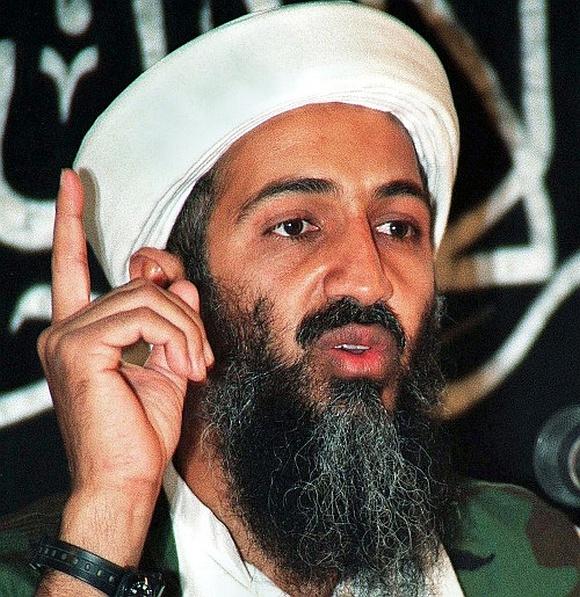
There is an air of nervousness all over the world where there is a strong United States presence regarding the dangers of Al Qaeda-inspired attacks on US nationals and interests coinciding with the first anniversary of the killing of Osama bin Laden by US Navy Seals during a clandestine raid into his hide-out in Abbottabad in Pakistan on May 2 of last year, says security expert B Raman
A terrorist alert has already been sounded and US intelligence agencies and security forces are already in a state of preparedness to counter any attack. The greatest danger is feared in the Af-Pak region where there is considerable US presence offering tempting targets to Al Qaeda and its affiliates.
This is also an area where there is maximum anti-US anger. The US is particularly concerned over Pakistan where the Army and the Inter-Services Intelligence have not even been co-operative in unearthing and neutralising the remnants of Al Qaeda.
After seeing the impunity with which bin Laden had been living and operating from right under the nose of the Pakistani Army in Abbottabad, one has reasons to fear that those remnants of Al Qaeda that have escaped death from the US drone strikes must be similarly living in sanctuaries in the urban centres of Pakistan and biding their time for an opportunistic attack on US targets.
...
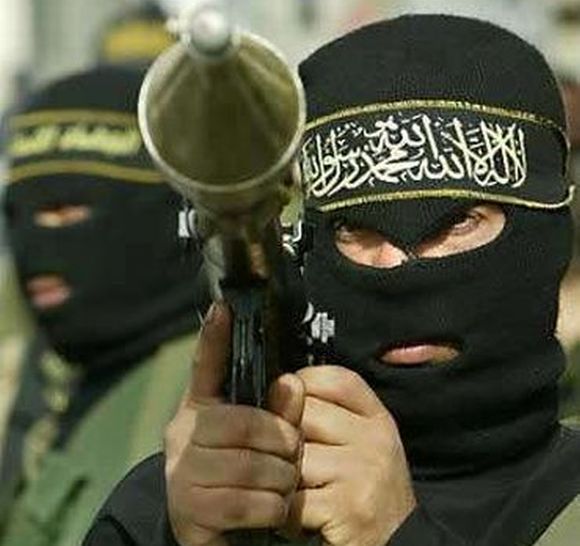
Among those still believed to be living and operating from Pakistani territory is Ayman al-Zawahiri, who took over as the Amir of Al Qaeda, after bin Laden's death. He is not as charismatic as bin Laden and not as innovative in conceiving and having executed terrorist operations of a catastrophic nature on a global scale similar to the 9/11 terrorist strikes in the US.
Under his leadership, the Al Qaeda's anti-US psychological warfare campaign is showing signs of losing some lustre. I have seen no evidence to show that Al Qaeda under Zawahiri's leadership is making as effective use of social media networks as other traditional fundamentalist organisations such as the Muslim Brotherhood of Egypt have been doing.
In fact, none of the six organisations that have emerged as terrorist organisations with Al Qaeda-like potential for catastrophic acts of terrorism have shown a capability for imaginatively using social media networks for promoting their ideological campaigns and terrorist strikes.
These six organisations are the Lashkar-e-Tayiba of Pakistan, the Tehrik-e-Taliban Pakistan popularly known as the Pakistani Taliban, Al Qaeda in the Arabian Peninsula, based in Yemen; Al Qaeda in the Islamic Maghreb, based in Algeria and Mali; al Shabaab of Somalia; and Boko Haram, of Nigeria.
...
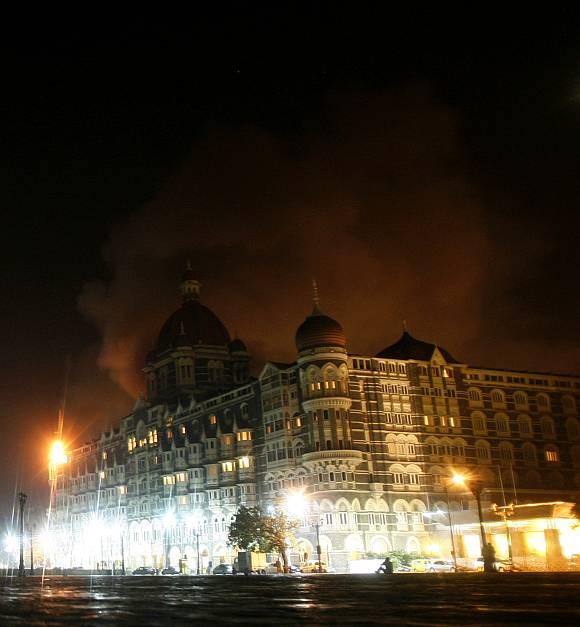
The loss of momentum of PSYWAR operations after bin Laden's death has led to a decline of "lone wolf" terrorist attacks of the kind witnessed in Glasgow in June,2007. Individual Muslims inspired by online radicalisation and training launching terrorist attacks on their own is no longer as dreaded as it was before Osama's death.
Organised jihadi terrorism is still a major threat to be reckoned with. The six organisations mentioned above have shown a capability for sustained operations in their respective areas and sporadic strikes outside their territory such as the LeT's 26/11 terrorist strikes in Mumbai and the AQAP's failed attempt to blow up a Detroit-bound US plane on December 25,2009.
Bin Laden's death was followed by the death of Anwar al-Awlaki of the AQAP reportedly by a US drone strike in Yemen on September 30,2011.
Osama, a Saudi of Yemeni origin, Ramzi Yousef of Pakistan, now in a US jail, Khalid Sheikh Mohammad, another Pakistani now in the Guantanamo Bay detention centre, al-Awlaki, a US citizen of Yemeni origin, and Hafiz Mohammed Sayeed of the LeT of Pakistan were the conceptualisers and executers of well-orchestrated and imaginatively planned terrorist strikes outside their traditional areas of operation.
Of these, only Sayeed has presently the motivated cadre and infrastructure to organise trans-national Al Qaeda-type terrorist strikes.
...
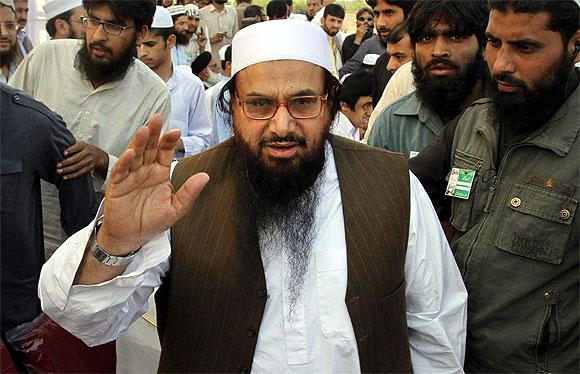
Zawahiri is more an expert on jihadi intifada, a kind of regionalised insurgency in areas where there is a high level of alienation as in Somalia, Algeria, Mali and Nigeria. Thus, after bin Laden's death, one sees two jihadi trends -- an intifada-cum-insurgency kind of a regional dimension inspired by the thoughts and exhortations of Zawahiri -- and trans-national terrorism of Al Qaeda inspiration promoted by the LET and the TTP, either on their own or with the collaboration of Al Qaeda and the Haqqani Network of Afghanistan.
Of the five conceptualisers of global or trans-national terrorism, two -- bin Laden and al-Awlaki -- are dead and two --Ramzi and Khalid Sheikh Mohammad -- are in US custody.
This leaves Hafiz Mohammad Sayeed as the terrorist with the greatest lethal potential for global or trans-national operations. Unless he is eliminated by India and the US -- either acting alone or jointly -- the continuance of global or trans-national terrorism of Al Qaeda kind will remain a major threat.
Al Qaeda and its affiliates are now operating on two planes -- regional and trans-national. The regional has its epicentre in Somalia, Algeria, Mali and Nigeria. The trans-national has its epicentre in the Af-Pak region and Yemen.
While the neutralisation of the regional terrorism has to be the responsibility of the States concerned with appropriate outside assistance that of the trans-national kind has to be the responsibility of the international community with the US playing the leadership role.
...

While the US is now convinced of the trans-national dimensions of the threat posed by the LeT, it is still hesitant to mount against a counter-terrorism operation against them, with no holds barred, of the kind mounted against Al Qaeda and bin Laden.
Unless it does so, the threats emanating from trans-national terrorist groups and the remnants of Al Qaeda operating from the Af-Pak region will remain as high as ever.
The magnitude of these threats could increase after the thinning down of the US and other North Atlantic Treaty Organisation forces in Afghanistan.
The implications of the continued non-cooperation of the Pakistani Army and the ISI in dealing with the LeT and the remnants of Al Qaeda and of a premature withdrawal of the US and other NATO forces from Afghanistan are factors that have to be carefully analysed in any assessment of the terrorist scenario after bin Laden's death.
In its anxiety to thin down its presence in Afghanistan, the US is not paying adequate attention to these factors.
The thinning out of the US and other NATO forces from Afghanistan is likely to lead to a transfer of large quantities of arms and ammunition of different kinds to the Afghan security forces by the departing US forces.
...
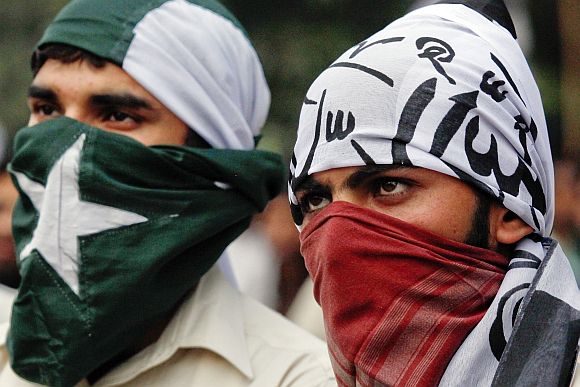
There are dangers of the leakage of many of these into the hands of the Afghan and Pakistani Taliban, the Haqqani Network, Al Qaeda, the LeT and other Pakistani jihadi organisations.
The Af-Pak region is again likely to be awash with arms and ammunition as it was before 9/11. There is a danger of some of them finding their way into Jammu and Kashmir along with surplus trained cadres of the Pakistani jihadi organisations.
If India is not careful, it may face a repeat of 1989 when surplus trained cadres and arms and ammunition from Afghanistan made their way into Pakistan-Occupied Kashmir to assist in an ISI-organised proxy war to annex J&K.
Bin Laden is dead, but the threats emanating from the region will remain as high as before until the jihadi terrorist remnants operating from this region are neutralised and their sources of funding and arms and ammunition are forced to dry up.
...